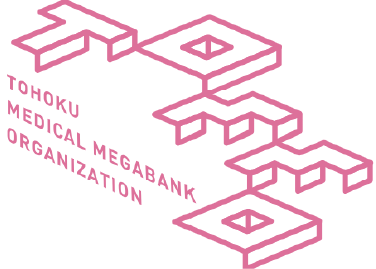
Enamel and dentin gather around the tooth embryo and gradually form the tooth.
Mechanism of Tooth Development
Our teeth are born from “tooth buds” called “tooth embryos. First, the tooth embryo of a deciduous tooth, then the tooth embryo of a permanent tooth grows to form a new tooth, which is pushed up against the gums and erupts.
New teeth can be produced by suppressing the function of proteins that inhibit tooth development.
Normally, teeth do not grow after deciduous and permanent teeth. However, in 2007, a mouse model was discovered that had more teeth than normal. The mice lacked USAG-1, a protein that inhibits tooth growth, and had an overgrowth of tooth embryos. In other words, we found that tooth development is regulated by USAG-1, which inhibits tooth growth.
We have developed an “anti-USAG-1 antibody” that suppresses the function of USAG-1. By administering this antibody, new teeth can grow without stopping the growth of the tooth embryo. The anti-USAG-1 antibody can be a “teething medicine” that grows new teeth.
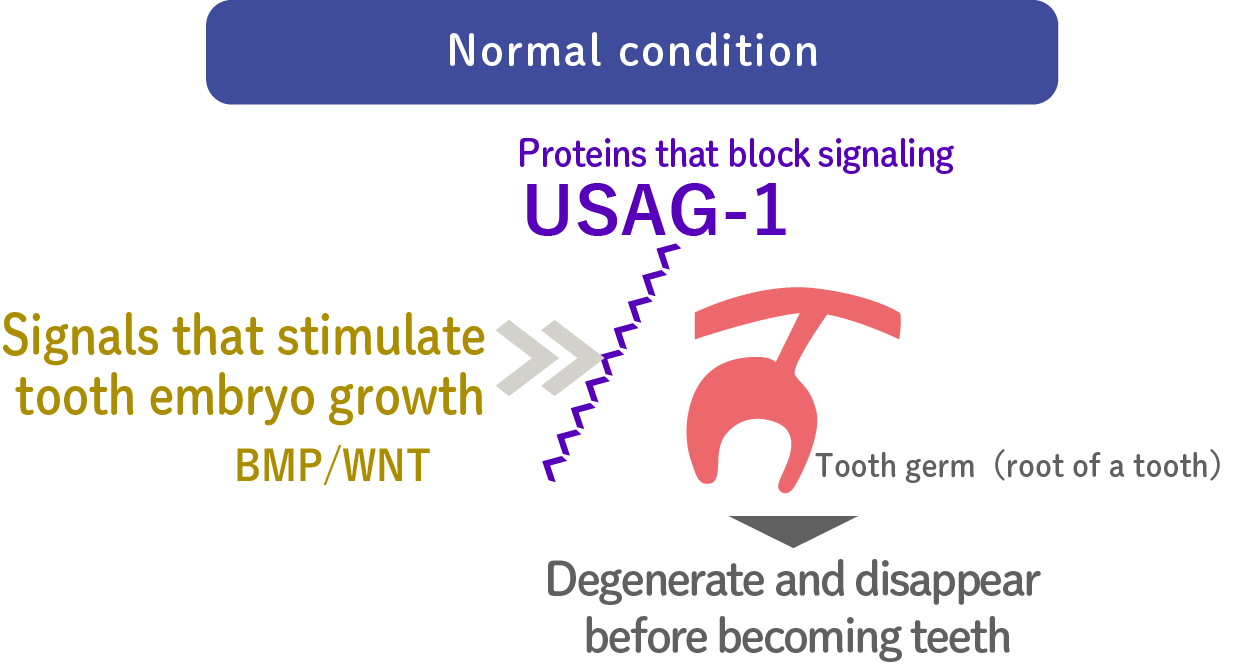
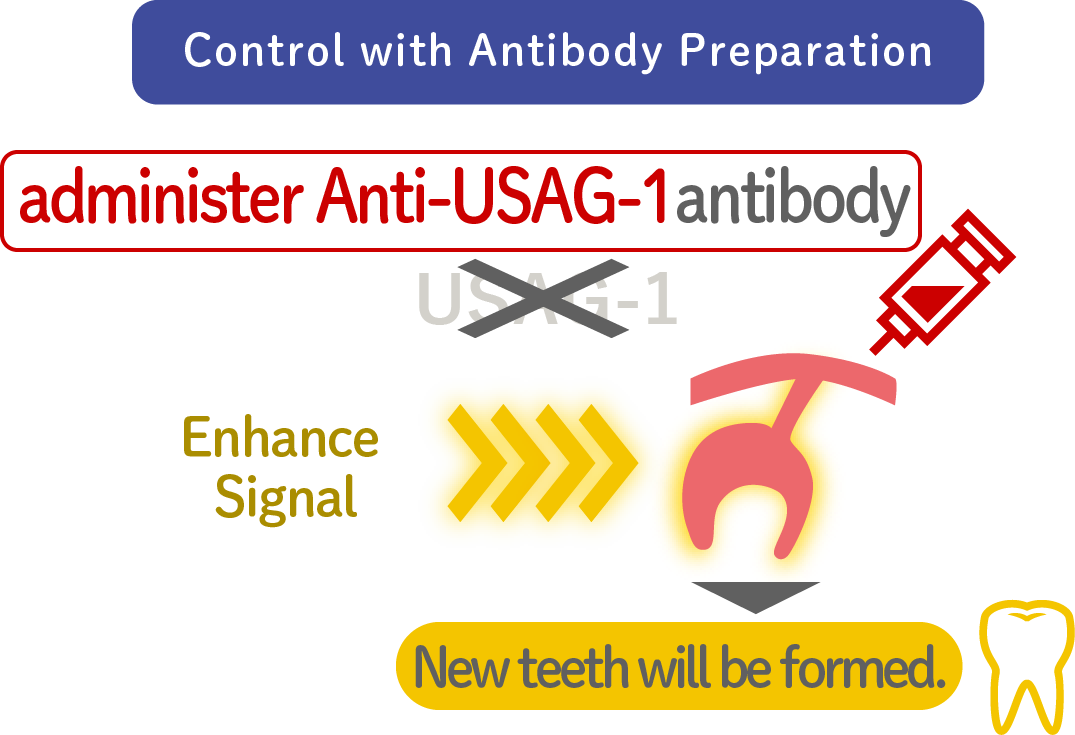
Treatment approaches for congenital and acquired factor
There are two types of cases of toothless cases: congenital and acquired (see figure on the right). Of these, congenital cases are thought to be related to genetic factors, and causative genes (Wnt10a, EDA, etc.) have been found. We first want to take a therapeutic approach to this “congenital edentulism”. Anti-USAG-1 antibody is administered to permanent tooth embryos that have failed to grow. This stimulates growth and the development of new teeth.
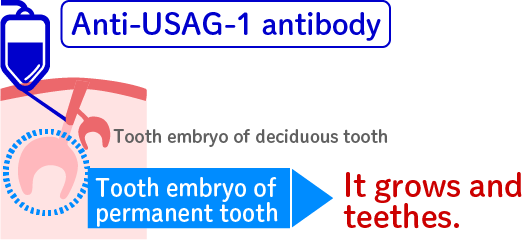
The next step is to treat teeth lost due to decay, accidents, or other acquired factors. In humans, a tooth bud (the third dental crest) exists after the permanent teeth. If anti-USAG-1 antibody is administered to this third dental crest, it may be possible to grow a “third tooth” after the permanent tooth, even in adults who have already grown teeth.
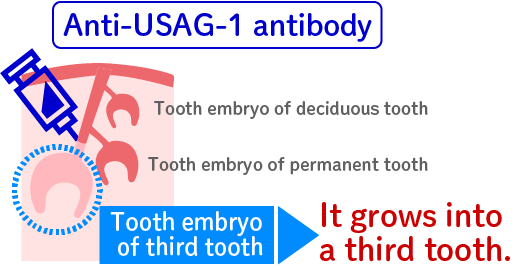
congenital edentulism
acquired edentulism
- whole edentulism …
- All permanent teeth
are missing due to genetic factors - partial edentulism…
- Six or more permanent teeth
are missing due to genetic factors
…Loss of erupted permanent teeth due to environmental factors
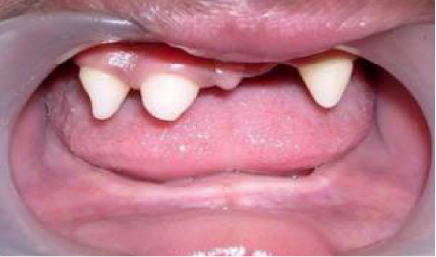
example of partial edentulism
Revolutionizing Dental Treatment
Currently, it is estimated that there are approximately 600,000 people in Japan with congenital edentulism and 3 million people with acquired tooth loss. On a global scale, the number is even larger. Our initial target is to develop a treatment for congenital edentulism, and eventually we plan to enter the large market for acquired edentulism. Our goal is to provide innovative treatments for people who have lost their teeth, and to realize a society in which people are not afraid of losing their teeth.

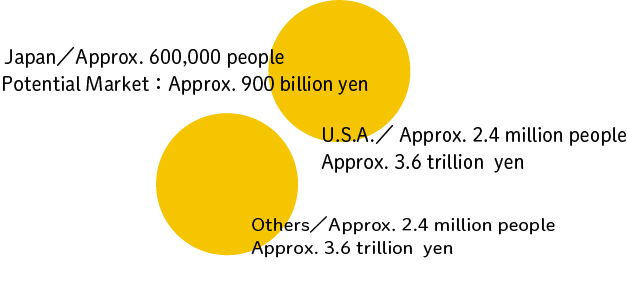
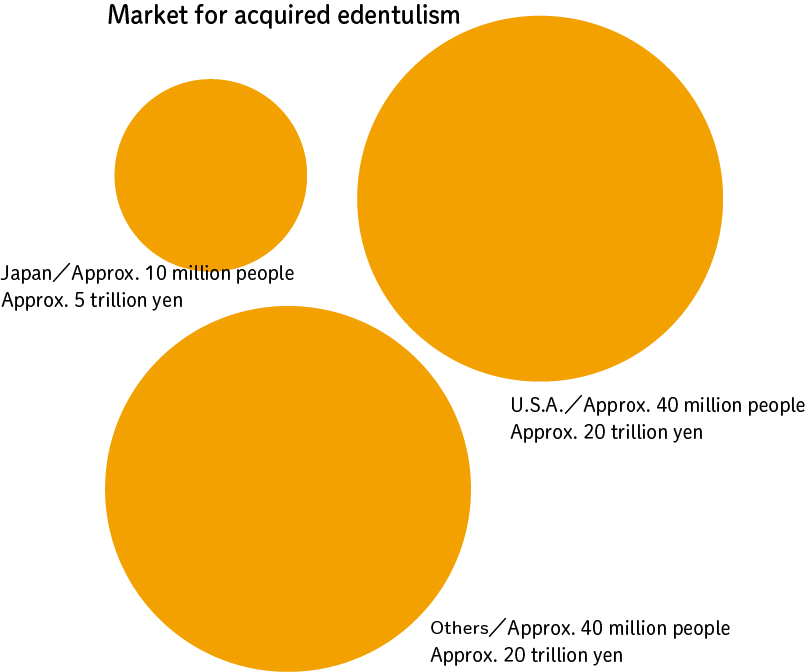
Our Research Partner
In collaboration with Tohoku University Tohoku Medical Megabank Organization, we are aiming for early elucidation of the hospital and pathology of congenital edentulism. In addition, together with Kitano Hospital of the Tazuke Kofukai Medical Research Institute, we are preparing for the start of clinical trials for regenerative medicine.
